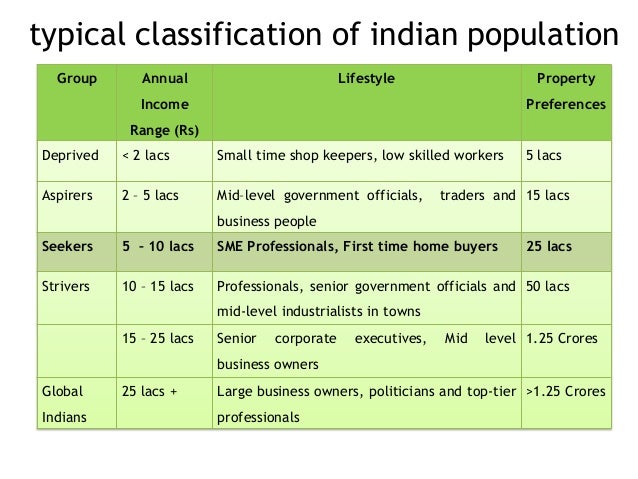Mst209 Mathematical Methods And Modeling Agencies
Damage to normal lung tissue is a limiting factor when ionizing radiation is used in clinical applications. In addition, radiation pneumonitis and fibrosis are a major cause of mortality following accidental radiation exposure in humans. Although clinical symptoms may not develop for months after radiation exposure, immediate events induced by radiation are believed to generate molecular and cellular cascades that proceed during a clinical latent period.
- Chart Pattern Recognition Software Metastock Review - Bird By Bird Some Instructions On Writing And Life Pdf Files - Mst209 Mathematical Methods And Modeling Agencies - Cova Jana Rapidshare - Clement Greenberg Avant-Garde And Kitsch 1939 Pdf.


Oxidative damage to DNA is considered a primary cause of radiation injury to cells. DNA can be repaired by highly efficient mechanisms while repair of oxidized proteins is limited. Oxidized proteins are often destined for degradation. Omnipage 18 Mac Download 2016 - Free Torrent 2016 there.
We examined protein oxidation following 17 Gy (0.6 Gy/min) thoracic X-irradiation in C57BL/6J mice. Seventeen Gy thoracic irradiation resulted in 100% mortality of mice within 127–189 days postirradiation. Necropsy findings indicated that pneumonitis and pulmonary fibrosis were the leading cause of mortality. We investigated the oxidation of lung proteins at 24 h postirradiation following 17 Gy thoracic irradiation using 2-D gel electrophoresis and OxyBlot for the detection of protein carbonylation. Seven carbonylated proteins were identified using mass spectrometry: serum albumin, selenium binding protein-1, alpha antitrypsin, cytoplasmic actin-1, carbonic anhydrase-2, peroxiredoxin-6, and apolipoprotein A1. The carbonylation status of carbonic anhydrase-2, selenium binding protein, and peroxiredoxin-6 was higher in control lung tissue. Apolipoprotein A1 and serum albumin carbonylation were increased following X-irradiation, as confirmed by OxyBlot immunoprecipitation and Western blotting.